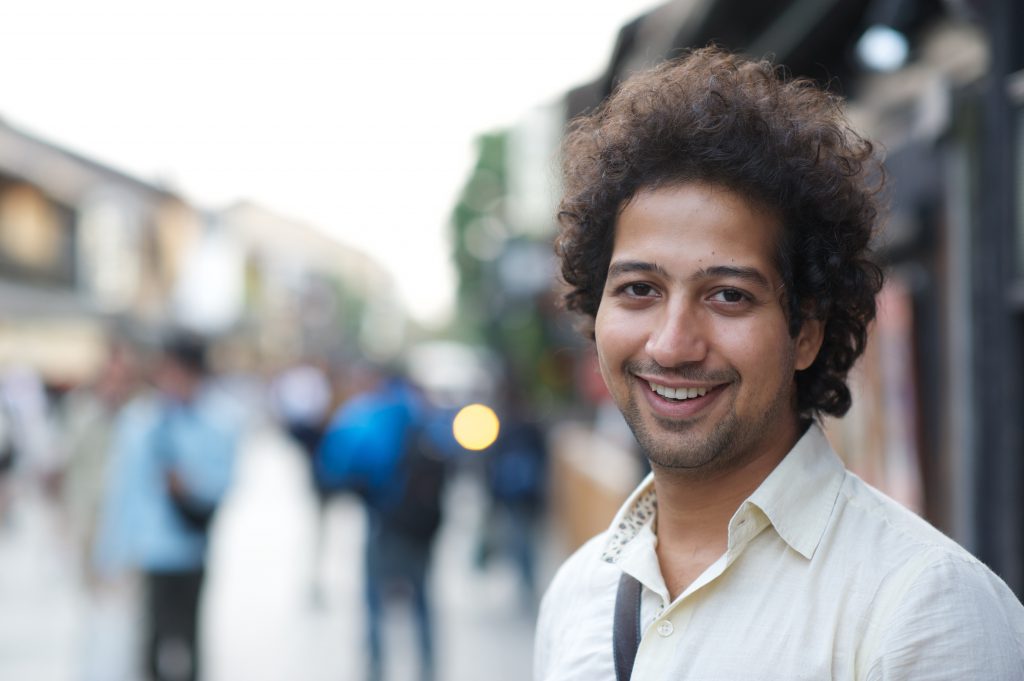People go to India to seek their true selves – yet, an Indian filmmaker, Varun Trikha, discovered a lost part of his identity in Estonia’s Setomaa region.
People go to India to seek their true selves. I’m an Indian and I discovered a lost part of my Indian identity because of Setomaa – a border region in south Estonia. What are the odds of an urban Indian man landing up in a scarcely populated Estonian countryside that brushes its edges with Russia on one side and pensively gazes at a modern European Estonia on its other side?
Such events must not confound those who understand the pulse of this borderland where the conventional logic doesn’t always work and where time seems to run at a different pace. After all, this is a land where a Finno-Ugric culture – the Seto culture (hence the name, Setomaa, ie the land of the Seto) – once thrived. But the plague of wars and conflicts – along with the culture of forgetting which is crucial to oil the engine of globalisation – has now reduced this fertile cultural soil to a relatively deserted land.
But like an Urdu verse by an unknown poet goes, “as the luck would have it, it rains in desolated places, too”. The soul of Setomaa gets constantly replenished by its few permanent dwellers who seem to be either bewitched by their cultural pasts or daunted by the mystery of it. They are the dreamers and seekers on the land of the departed. Despite several overstatements about the Seto culture today, many believe – and wisely so – that the Seto culture is dying. I wonder, how can a culture that celebrates death ever die?
Death is Setomaa’s last weapon for survival
Death is Setomaa’s last weapon for survival and self-conservation. Setomaa is no stranger to death inflicted by wars on its conflicted borderland. But what I find extraordinary is how the Seto beliefs turn the same death to a hope that makes the cultural essence of Setomaa immortal. In a complex belief system, the Seto believe the dead visit the living.
The past keeps breathing fresh air onto the neck of the present. The unrecorded history of the common Seto woman/man ceases to die in Setomaa’s sacred springs, stones and trees to which the Seto have, since time immemorial, opened their hearts out and locked their stories in these surviving testaments of time which will outlive them.
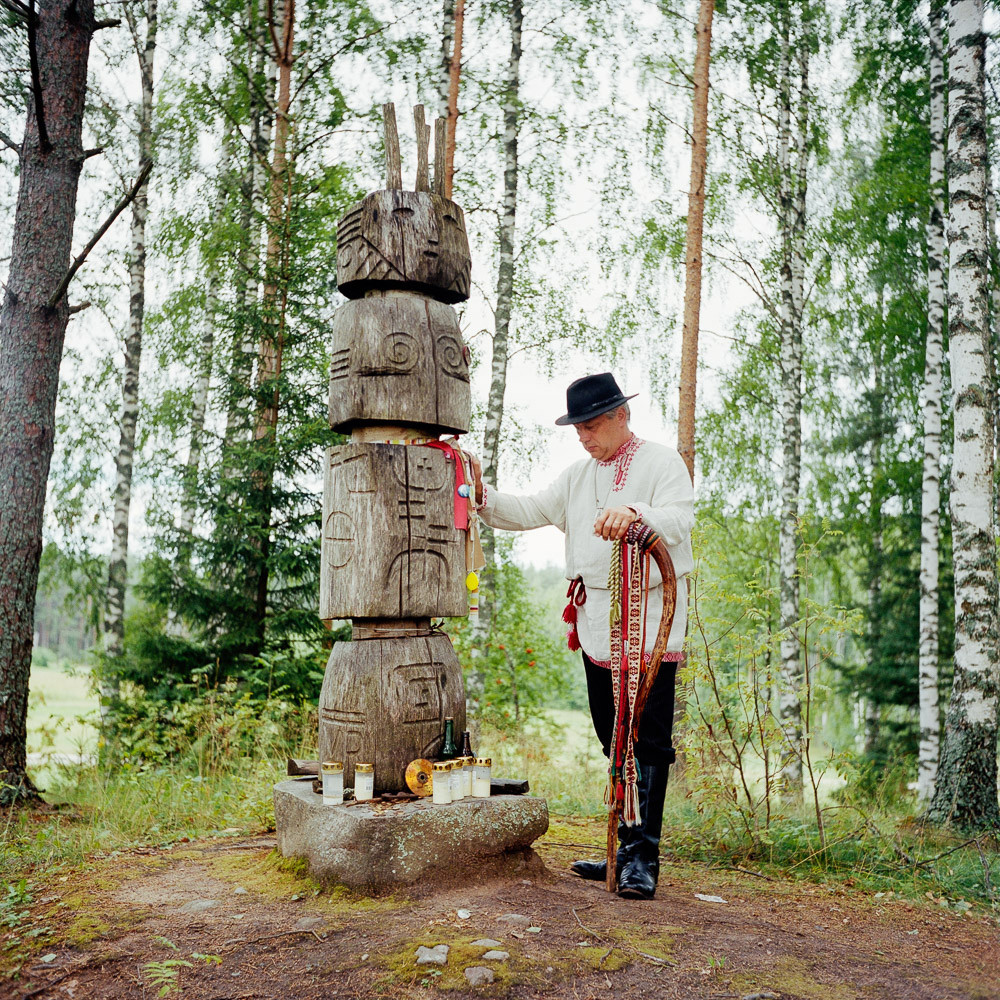
Seto beliefs offer an alternative way of recording history or rather reclaiming a history which was never recorded. War-inflicted deaths colour some of these stories in very grievous ways. It took almost five years for a 79-year-old Seto lady – who is like family to me – to gather her emotional self together in order to walk me through her alienated border village.
It’s a village with sacred streams that she remembers becoming bloody during the war; with grassland where she has memories of playing as a little girl until she saw the dead German soldiers getting hastily buried at the same spots; huge digs caused by falling bombs where once stood the houses of her neighbours and the revered forests next to which runs a Soviet railway track on which her son was killed. She lives right next to this railway track, surrounded by decay and death all around her but with a spirit as alive as in the first cry of a new-born child.
The spiritual power of Setomaa
This spirit is quintessentially a Seto spirit that treats the dead as not completely gone and embraces even the most traumatic memories with a kind of strength and zeal the new world is increasingly becoming incapable of nurturing. I’m sure that by now readers must not feel surprised about an Indian finding himself at such a place – after all, India has a long tradition of disentitling death as an end too. It was, in fact, my late grandfather whom Setomaa brought closer to me.
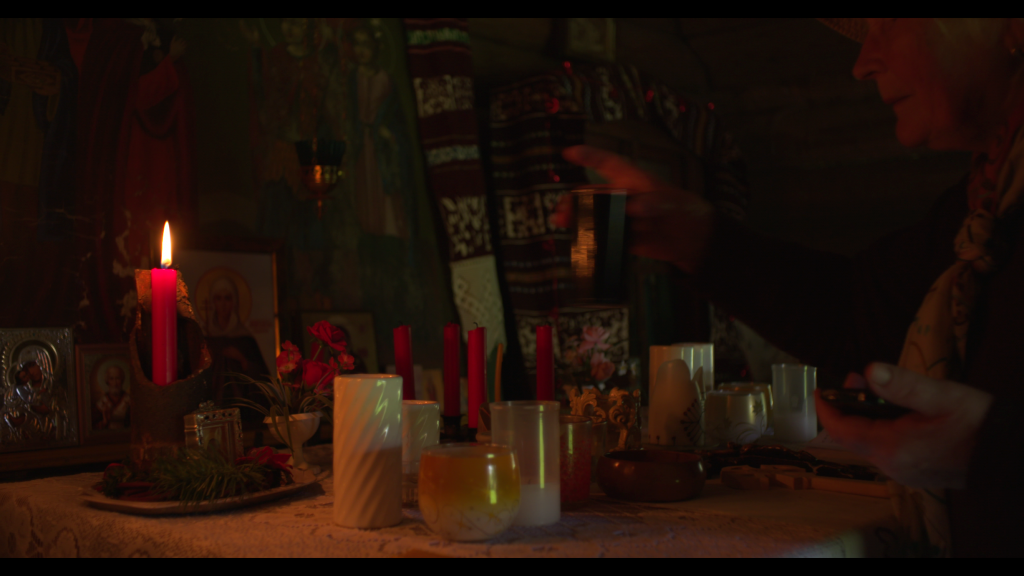
My paternal grandfather had died just after my father was born. I spent most of my childhood largely estranged from my grandmother who chose to live a secluded life over a domestic one. But whenever we met, she reminded me that I looked like my grandfather. The only surviving portrait of him that was hung on the living room wall throughout my growing years became a future-telling mirror through which I could scry my blurred destinies.
But how can one envisage a future built upon an unknown past? After all, I hardly knew anything about the man in the picture except that I could see myself in his eyes. I had buried such inherited losses deep inside myself without even being aware of such an agonising burial.
Setomaa opened this grave inside me and brought me to life by making me aware of my losses.
As I saw how a single Seto mother moved to her deceased grandmother’s house in the middle of nowhere just to be in the company of her grandmothers’ spirit that she believes visits the house sometimes, I wondered if my grandfather’s house in Lahore still existed? (He was born in his ancestral house he lost overnight after India’s partition in 1947).
As I heard a Seto singer sing an incomplete song written by his grandfather hoping that one day his grandfather will complete this song in his dream, I wondered, in which language would my grandfather speak to me if he was to visit me in my dream? What if he spoke to me in his mother tongue, Punjabi, that I cannot speak? These newfound wounds reigning heavily on my heart were embalmed by Setomaa with a therapeutic hope which made me resolve to look for what I had lost. Consequently, I went to look for my grandfather.
Looking for my grandfather
From Setomaa, I went to Haridwar where many Hindus travel to perform death rites for their dear ones at the Ganges. My grandfather must have visited this site to perform the last rites for his parents. And when he visited, he must have followed the custom of paying a visit to his family priest in order to detail the purpose of his visit in his family’s genealogy register.
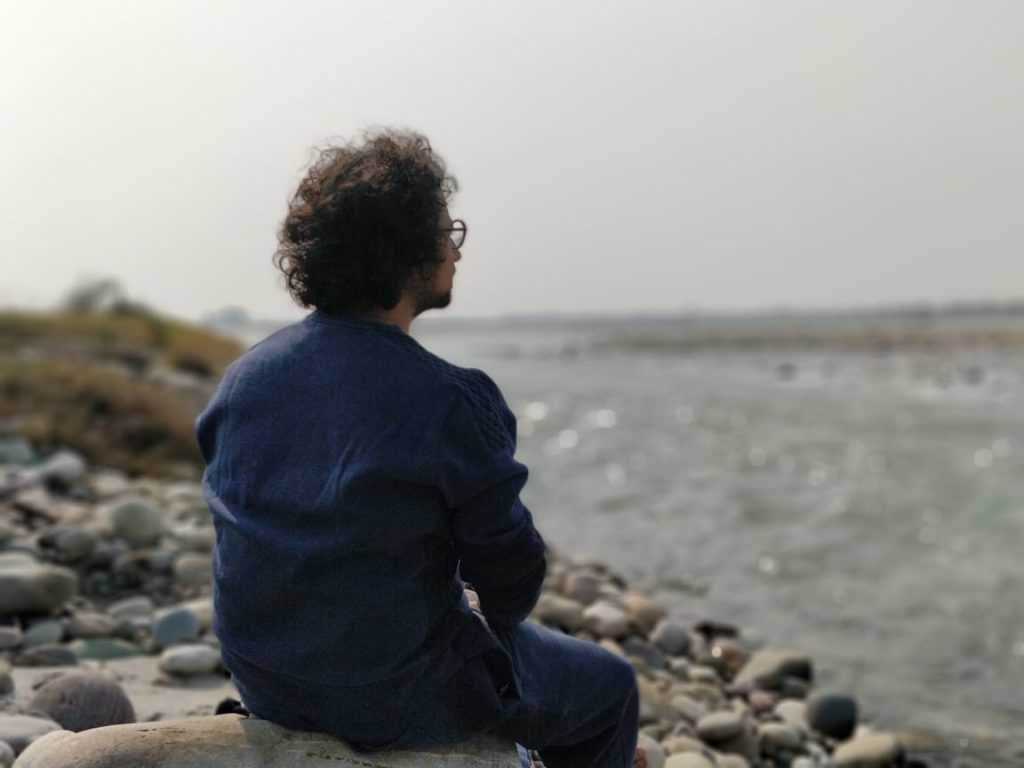
I desired to caress that register, touch my grandfather’s hand-written words and signature; and thereby meet him through whatever little has survived of him. As the cycle rickshaw turned to a crowded lane where the house with my family register is supposed to be, the rickshaw just barely managed to pass through a slogan-shouting BJP (a right-wing political party which is currently in power in India) procession for the 2019 election.
We stopped at a porch, where some priests were lazing, to ask where the house was. They seemed perplexed after hearing my last name until one young priest exclaimed, “oh, Trikhas from Lahore!”. He shouted to another young priest at some distance “Where’s the house for Trikhas from Lahore”, who in his turn shouted the same question at another man. A sudden sloganeering referring to Pakistan drew an immediate attention of two orange-clad BJP workers/supporters who came closer to my rickshaw and examined me with what seemed to be a mixture of resentment and sympathy.
A few scrolls were laid down in front of me by a determined middle-aged priest. With an unwavering spirit, he skimmed through them in search of my grandfather. And then he found something – a handwritten homage paid to my great-grandmother when her family visited Haridwar to immerse her ashes into the Ganges.
As the priest began to read the listed names which I was told were the names of my great grandparents and my granduncles, a new world began to appear in front of my eyes – a world that belonged to those eyes in my grandfather’s portrait. I anxiously waited to hear the name of my grandfather. But it was never uttered.
Later I was to learn that it was very likely that my grandfather deliberately chose to not visit his family priest for he wasn’t a religious man and may have rejected to subscribe to a genealogical record with caste at its heart. The blazing fire of hope inside me was dozed off and with the smouldering remains of this hope, I travelled back to Setomaa, sure in my heart that the loss I was now so aware of was not an amendable one but a definitive one.
The beginning of a new journey
This time I seemed to inhabit Setomaa with its trees, streams and mysterious curvy landscapes in a way that I never had before. An excerpt from an email I wrote to someone during this time captures what I felt then:
“I met a tourist last week here who was visiting Setomaa from Finland because of his friend. He asked me how I can stay at such a ‘boring’ place for so long and still talk about it with so much passion.
“Later I thought about it a lot. I feel that places like Setomaa are not the kind of places that can reveal their souls to every visitor. One needs to spend time here. Understand its complexities. Make peace with the challenges it throws at you. Become vulnerable. Surrender. And if you’re lucky, Setomaa accepts you. I feel that acceptance.
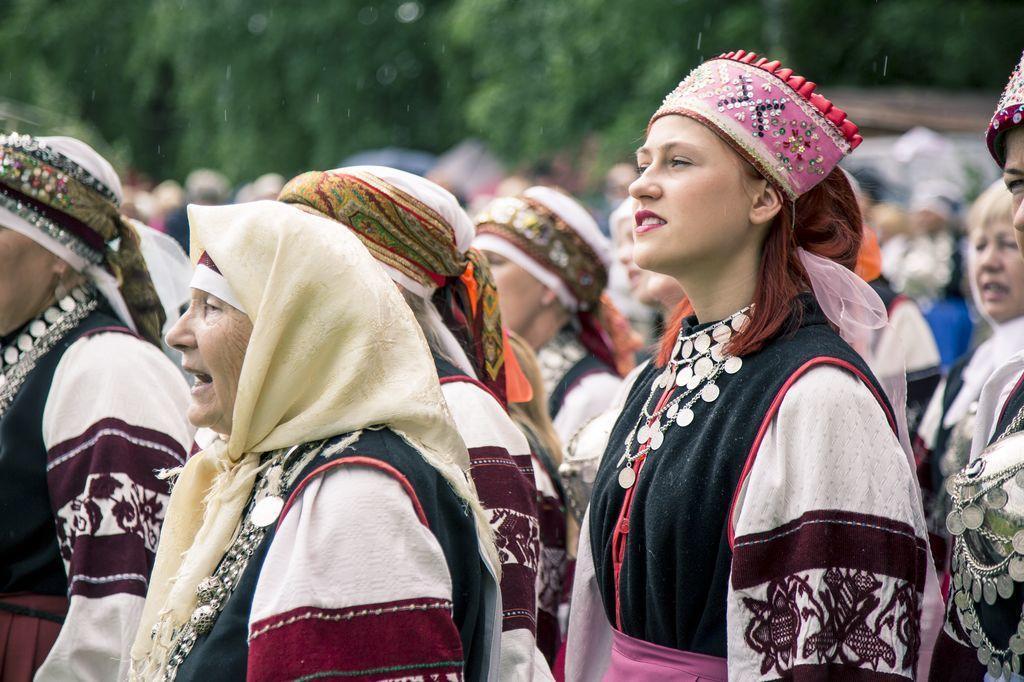
“Maybe this is just the beginning of a journey that awaits me. I’ve been through a lot. I’ve been down with deep loneliness, joyous with some incidents, marvelled at some unbelievable co-incidents, curious about many unresolved mysteries and so on. But all this while, Setomaa has been watching me. It has been testing me. And now I feel a sense of belonging which I never did before. This is the real beginning”.
And so it was. The real beginning!
Cover: Varun Trikha. Read also: The French photographer exploring Estonia’s fringe communities.

